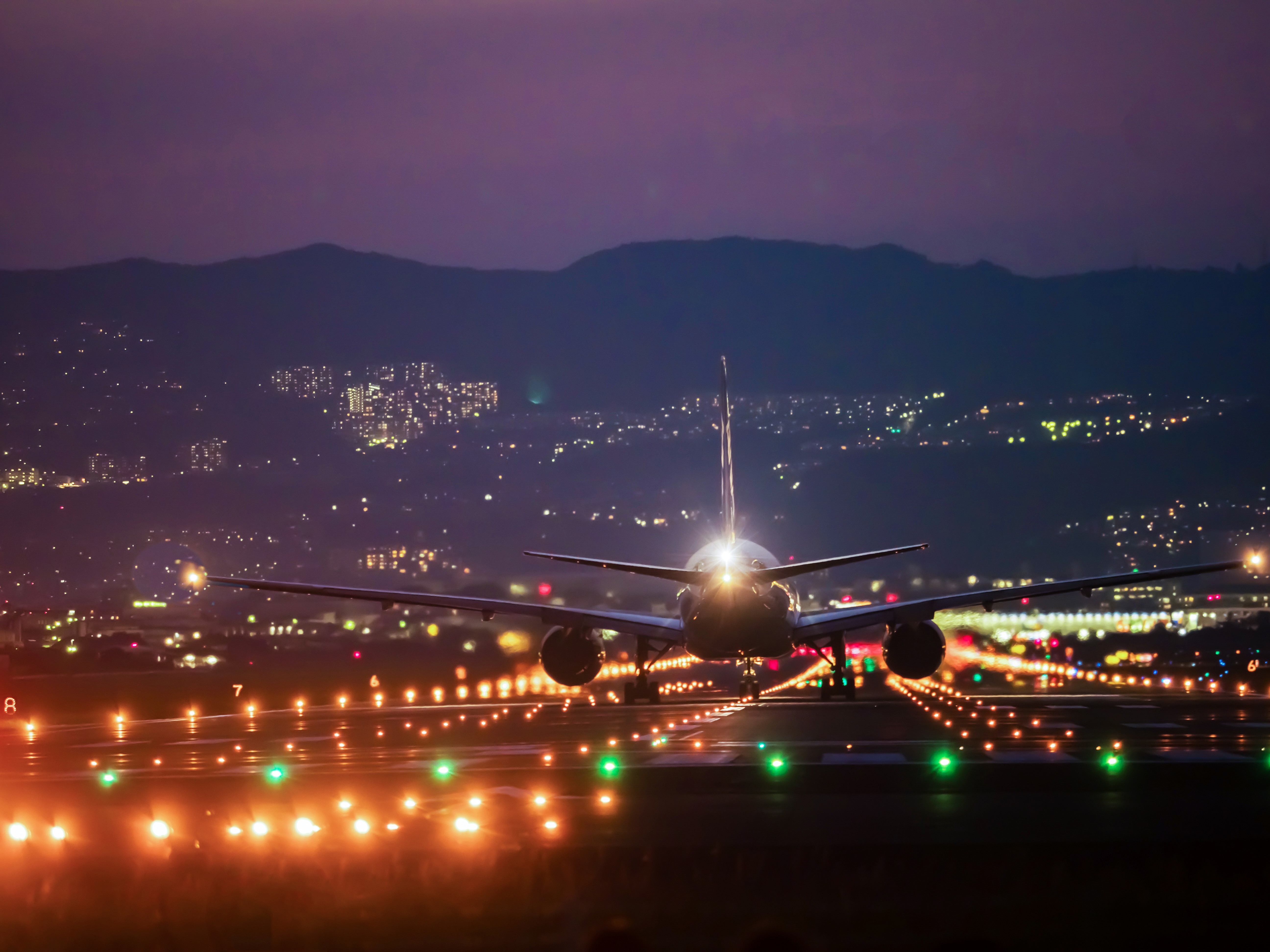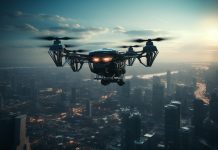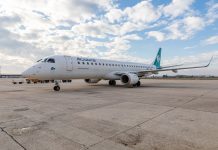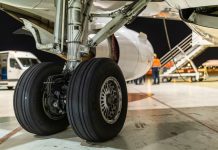How many times during a nice evening outdoors have you squinted up at a little light in the sky and asked yourself ‘is that a star or an aeroplane?’. It takes a few seconds to work it out. As you focus on that distant light, you notice it flashing and then see that second, weaker red light moving in the sky, leaving you without a shadow of a doubt and stopping that urge to ask yourself if it might be a shooting star…
Now, geek friends, let’s bring ourselves back down to earth and see how an aeroplane’s lights work and what they are for.
First of all, there’s an important distinction to make: aeroplanes have interior and external lights. Put simply, aeroplanes have lights ‘to see’ and ‘to be seen’.
The external lights have two functions:
- Anti-collision: anti-collision lights are divided into strobe lights and beacon lights. Strobe lights flash and are located on the wingtips and often also on the tail. They exist for one reason: to make the aeroplane more visible, catching observers’ attention. Beacon lights are normally red and are located on and/or under the fuselage. These lights are activated before the engines are started and they indicate that from that moment on it’s dangerous to get close to the aeroplane because it’s ready to move or it’s already moving.
- Navigation: these lights are green, white and red; they are used both in air and nautical navigation and their function is fundamental, to say the least. Since the red light is located on the left wing, the white one is in the middle of the tail and the green one is on the right wing, their order determines at a glance the position and direction of an aeroplane. From any angle you’re watching an aeroplane, you can always see at least one of these lights because they have to cover a full 360° (the red and the green lights cover 110° and the white light covers 140°).
There are other types of external lights such as the taxi lights, which are useful when the aircraft is in motion in the dark, the landing lights, which illuminate the strip at take-off and landing, the lights which illuminate the airline company logo (we always like our beautiful turquoise logo to be visible!), and the wing lights, which illuminate the wings and the engines to be controlled by the pilots.
The interior lights are designed and positioned so as to be used by passengers and crew. Aisle lights, for example, are switched off during take-off and landing so that passengers guests can enjoy the view outside. There’s also a reading light to enable passengers to manage their individual space (once on board, some people prefer to take a nap, while others read a book or do some work…) and the toilet lights, which change brightness as you close the door.
Flight attendants have a whole series of lights used to illuminate the galley as they prepare for on-board service. On the cabin ceiling, there’s a little panel with multi-coloured lights to show flight attendants if a passenger or a pilot is calling them.
The cockpit also has several types of lights. As well as a light that illuminates the whole cabin, all the buttons, levers and displays can have their own individual lighting. Pilots have the option to illuminate their navigation maps and to change the brightness of all the lights.
If you haven’t experienced it yet, we suggest you fly at night. Because even us geeks passionate about the question ‘how’s that made?’ might enjoy being mistaken by someone down there for being a weird moving star.




